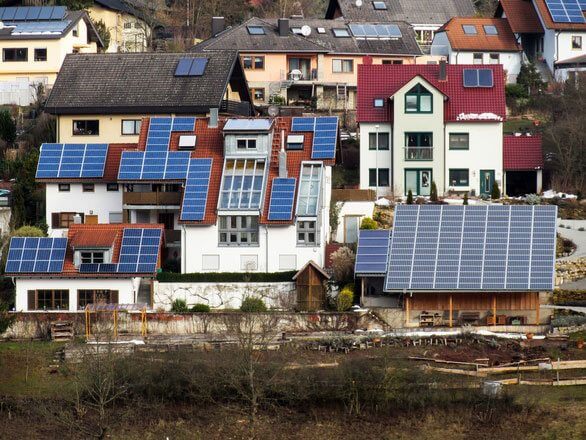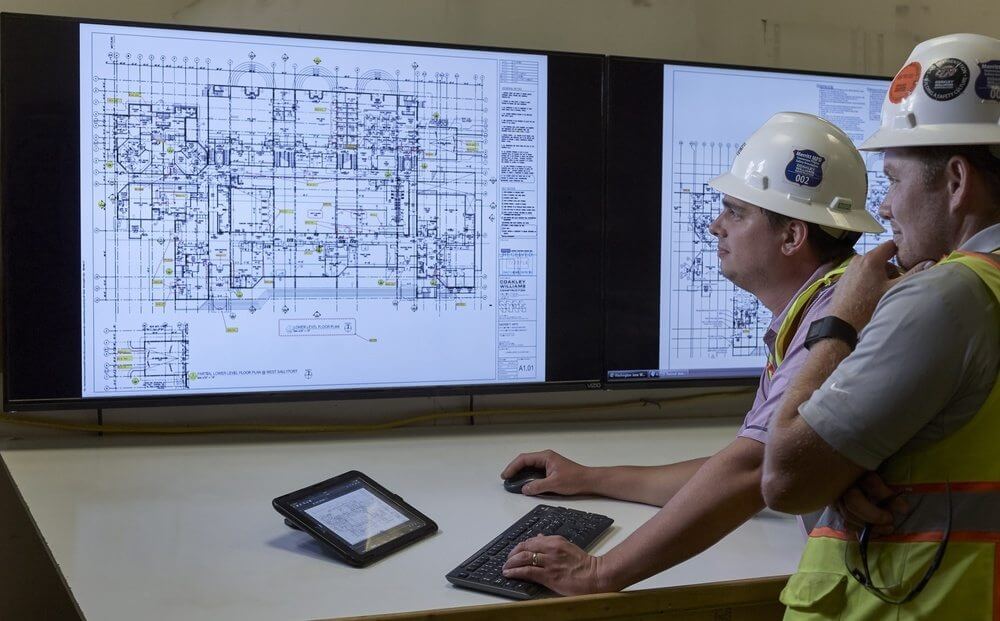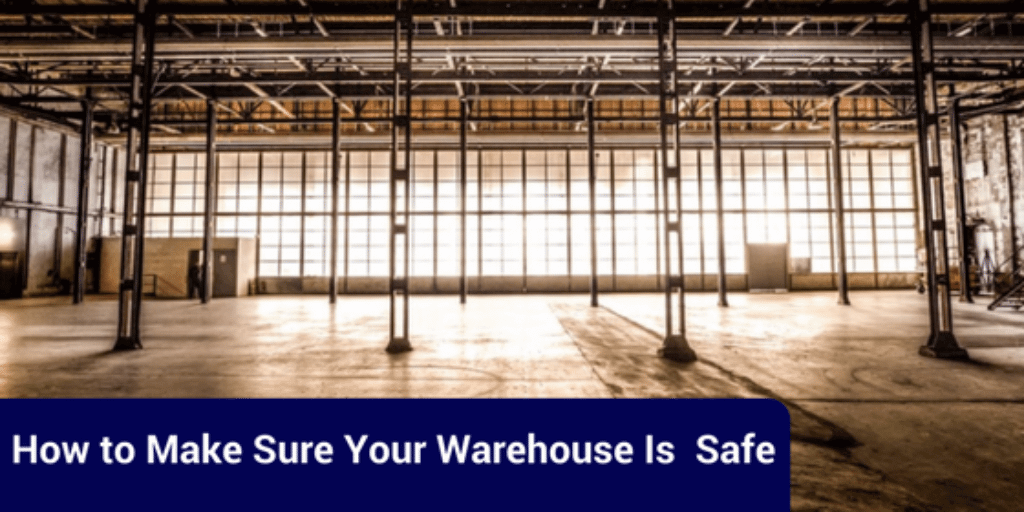It’s no secret that we’re in the midst of a major energy crisis. Not only are electric bills too high, but the environment around us is suffering. We have a responsibility to ourselves, our planet, and our wallets to make changes; even ones as small as a light bulb. Here are a few small ways you can make an impact in your home design projects.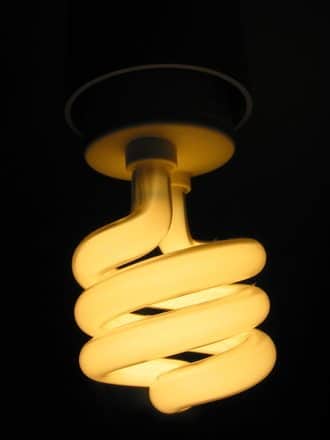
CFL Bulbs
Compact Fluorescent bulbs are the future, and anyone who says otherwise is just put off by the shape. Whenever I move apartments, the first thing I do is change out the light bulbs for CFLs.
Your standard CFL, although initially more expensive than the average incandescent at the store, uses a third of the energy and lasts 10x longer. The money you save on replacement bulbs isn’t astronomical or anything, but it’s more than enough to spend on that super expensive coffee you can’t quit.
The main deterrent for me when it comes to fluorescent light is the bright white of it; it makes a good task light in schools and offices, but doesn’t have the relaxing atmosphere one wants in a home. Fortunately, advances in recent years have led to the production of CFLs that have the same warm yellow light you know and love.
Most importantly, CFLs are a much more environmentally sustainable option than incandescents. Since they require so much less energy, their CO2 production is ridiculously low in comparison.
And if the shape still bugs you, just know that they’ve advanced in recent years, and you can now get all sorts of shapes (and even colors).
Get the LED out
Now that you have a basic understanding of sustainable light, let’s kick it up a notch. LEDs are like the special edition version of CFLs, in that they also bring down your carbon footprint by leaps and bounds, but they also have some extra features. For example, they don’t heat up the way that other light bulbs do, so they’re great for hot summers when you don’t want to struggle to cool down a room. Additionally, there’s no trace of mercury, and they often last twice as long as CFLs. When the light do die, they can be easily recycled, doing just that little bit more to protect the environment.
The major drawback on LEDs is the drivers. Some LEDs require you to purchase an external driver, which is more or less a transformer that converts the high voltage of standard wiring so that LEDs can use it effectively. You might have to do a little extra research if you’re considering the LED route, but it’ll be worth it in the long run.
Natural Light
So maybe you’re at the point where you just want to use as little electricity as possible – let’s explore some of those options.
Obviously, natural light is the go-to. Tall windows, as many as you can get, to really let the nature in. Realtors are always saying that location is key, so you should maximize on that if you have the view to back it up.
Not to mention the health benefits of natural sunlight. The further you get into the northern hemisphere, the less vitamin D you tend to get, especially when you’re locked inside during the winter. Windows will help you get it while you can. Additionally, advances in window production have made it so you can keep the weather out without sacrificing your windows, so you don’t have to worry about your heating bill coming back to get you.

So maybe you don’t have the best windows. They’re small, they aren’t in optimal position. There are workarounds. White kitchen remodeling is becoming popular, and this is one reason. The more light, reflective surfaces you can get into a room, the better, since they’ll bounce the light around and keep even the smallest rooms from looking overly dark and closed.
Stainless steel appliances, decorative mirrors, shiny wood or tile floors; there are plenty of ways to enhance a room with reflected light. And while these are most common in kitchens, there’s no reason you can’t bring them into bathrooms, living rooms, or anywhere else.
Never Forget to Hit the Lights
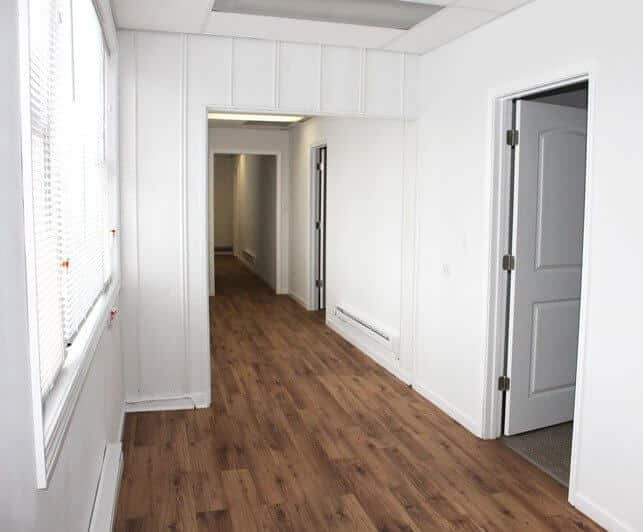
You can even set up lights on a timer so they only stay on during office hours or outdoor ones only come on at night when you actually need them.
Combining this with other aforementioned methods is a great start to sustainable living (while also fattening your wallet).
Working toward sustainable energy has never been more important than it is right now. There are countless options just a Google search away. And if we all make little changes in the present, it’ll add up to a lot of good in the future.
